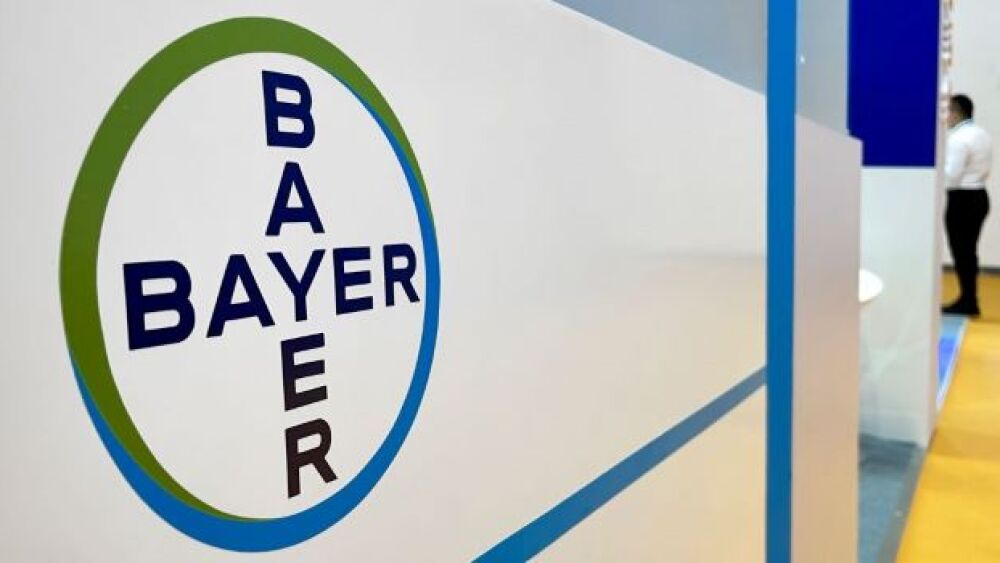Factor XIa inhibitors developed by Bayer and the duo of BMS and Janssen Pharmaceuticals missed Phase II endpoints in data presented at ESC.
VCG via Getty Images
Factor XIa inhibitors developed by Bayer and the duo of BMS and Janssen Pharmaceuticals missed Phase II endpoints in data presented at the 2022 Congress of the European Society of Cardiology (ESC).
Despite the missed endpoint, Bayer kicked off its Phase III OCEANIC program, starting with two studies investigating the efficacy and safety of the oral factor XIa inhibitor asundexian in patients with atrial fibrillation or non-cardioembolic ischemic stroke.
The announcement follows the presentation of asundexian’s lukewarm Phase II performance.
In 2020, Bayer launched a trio of randomized and double-blinded trials under the Phase II PACIFIC program to evaluate asundexian in three cardiovascular ailments: acute myocardial infarction (AMI), acute non-cardioembolic ischemic stroke and atrial fibrillation. In a Hot Line Session at ESC on Sunday, trial investigators reported that asundexian failed to meet its primary endpoint in both the PACIFIC-Stroke and PACIFIC-AMI trials.
More than 1,800 patients from around 20 countries participated in PACIFIC-Stroke. They were given 10-mg, 20-mg, or 50-mg doses of asundexian or a placebo control, all on top of standard antiplatelet therapy. While the study drug did not trigger an excess of clinically relevant bleeding events, it was also unable to distinguish itself significantly from placebo in terms of recurrent symptomatic ischemic stroke or MRI-detected covert brain infarcts at six months.
Asundexian met the same fate in PACIFIC-AMI, which found that in over 1,600 patients, all three doses of the test drug were just as effective as placebo in preventing the primary composite outcome of cardiovascular death, MI, stroke or stent thrombosis.
However, investigators saw promising signals in both Phase II studies. An exploratory analysis of PACIFIC-Stroke, for instance, found that 50-mg asundexian could significantly reduce the risk of recurrent ischemic stroke or transient ischemic attacks, particularly in patients with extra- or intracranial atherosclerotic plaques. Meanwhile, in PACIFIC-AMI, Bayer’s molecule demonstrated a dose-related inhibition of factor XIa, such that the 50-mg treatment suppressed factor XIa function by more than 90%.
“PACIFIC-AMI and PACIFIC-Stroke were phase IIb dose finding studies and not powered to show an efficacy benefit,” Christian Rommel, a member of the executive committee of Bayer AG’s pharmaceutical division and head of research and development told BioSpace. “For this, fully powered and large Phase III studies are needed.”
“In addition, all three PACIFIC trials showed consistent safety results for asundexian comparable to placebo arm, further supporting the hypothesis that asundexian may reduce the risk of thrombotic events without significantly impacting the risk of bleeding,” Rommel added. “This makes us confident to move asundexian forward into Phase III addressing indications of high medical need.”
The company is still currently ironing out the details of the upcoming OCEANIC clinical program, taking into consideration input from regulatory bodies and clinical investigators around the world.
BMS and J&J Set Sights on Phase III
Like Bayer, the high-profile partnership between Bristol Myers Squib and Janssen also fell short in Phase II evaluations, with investigational oral factor XIa inhibitor milvexian missing its primary endpoint in the AXIOMATIC-SSP study.
Enrolling more than 2,300 patients, AXIOMATIC-SSP is a randomized, double-blinded and placebo-controlled study assessing 25-mg, 50-mg and 100-mg doses of milvexian. The primary endpoint for the trial was a composite between new symptomatic ischemic strokes and MRI-detected covert brain infarctions.
While the study drug could not significantly outperform placebo in terms of the primary composite outcome, it nevertheless had a favorable safety profile and was able to induce a 30% relative risk decrease in recurrent symptomatic ischemic strokes. With these encouraging findings, along with previous data, the companies are taking milvexian into a Phase III study, which they hope to initiate later this year.
“The most important factor in clinical practice is preventing a secondary ischemic stroke and the AXIOMATIC-SSP study demonstrates this potential benefit with milvexian without an increase in severe bleeding. The study showed a reduction of symptomatic ischemic stroke, the most relevant endpoint for clinicians, patients and health authorities, in three of the arms in the SSP study,” a BMS spokesperson told BioSpace.






